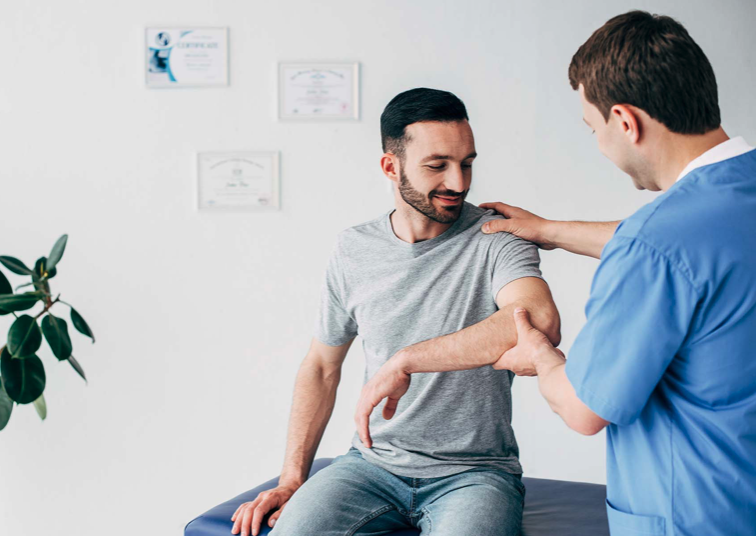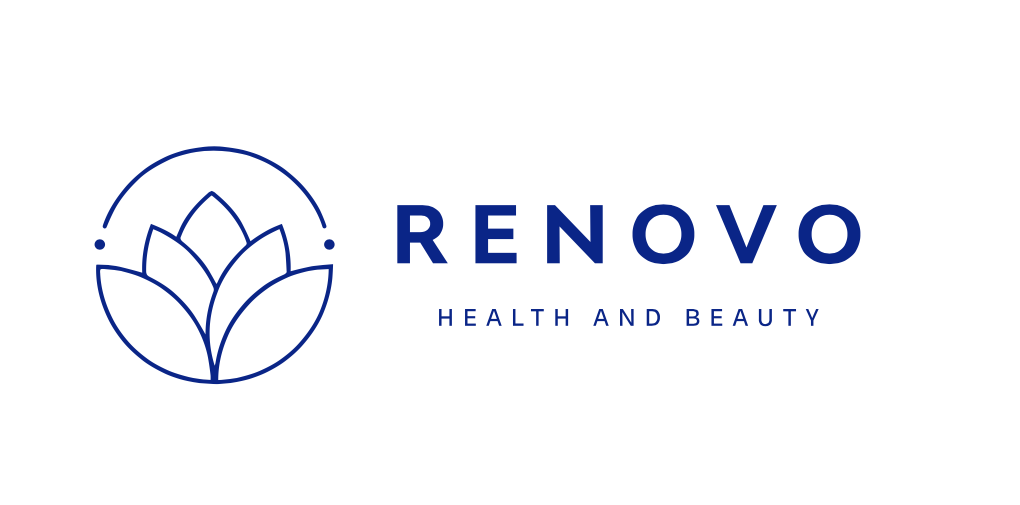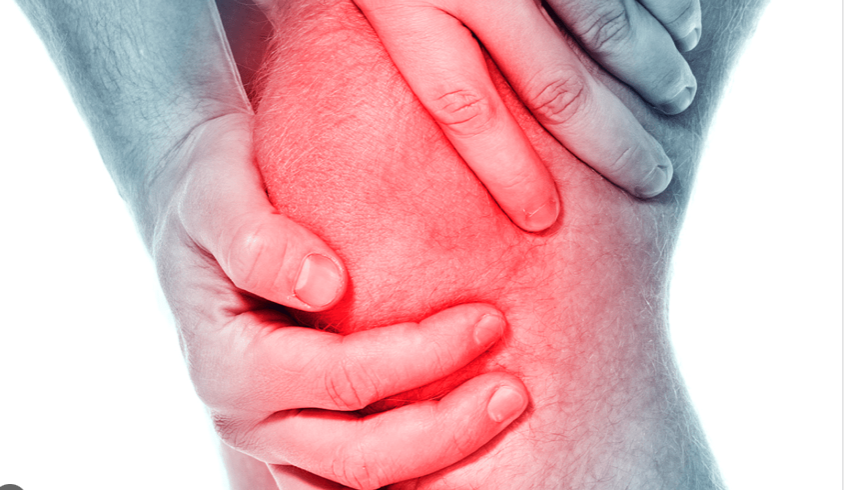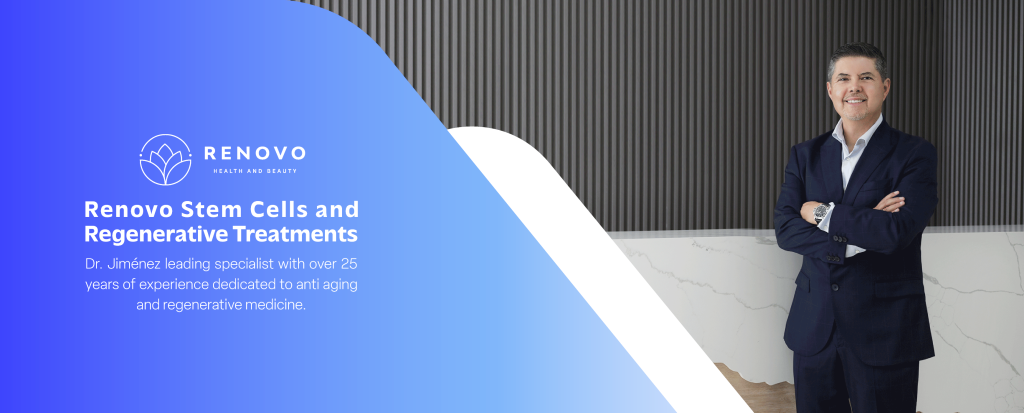“Revolutionizing Shoulder Injury Treatment with Stem Cells at Renovo Stem Cell Center in Tijuana, Mexico”

Introduction:
Shoulder injuries are a prevalent concern that can severely impact one’s quality of life. From professional athletes to everyday individuals, shoulder problems can arise due to various factors. Fortunately, medical advancements have introduced innovative approaches to tackle these issues, and stem cell therapy at Renovo Stem Cell Center in Tijuana, Mexico, is offering promising solutions.
Understanding Common Shoulder Injuries:
Before delving into the incredible potential of stem cell treatment, it’s crucial to grasp the common causes of shoulder injuries. These injuries can result from several factors, including:
- Rotator Cuff Tears: The rotator cuff is a group of tendons and muscles that stabilize the shoulder joint. Tears in these tendons are a prevalent cause of shoulder pain, often associated with repetitive motions or trauma.
- Frozen Shoulder (Adhesive Capsulitis): This condition involves the thickening and tightening of the shoulder capsule, leading to reduced mobility and discomfort.
- Arthritis: Osteoarthritis, in particular, can affect the shoulder joint, causing pain and stiffness over time.
- Tendonitis: Inflammation of the tendons in the shoulder can lead to chronic pain and limited movement.
- Instability: Recurrent dislocations or subluxations of the shoulder joint can result from injury or overuse.
Stem Cell Therapy: A Game-Changer for Shoulder Injuries
Renovo Stem Cell Center in Tijuana, Mexico, has been at the forefront of revolutionizing the treatment of shoulder injuries through stem cell therapy. Stem cells, known as the body’s natural healers, possess the remarkable ability to regenerate and repair damaged tissues. Here’s how stem cell therapy addresses common shoulder injuries:
- Rotator Cuff Tears: Stem cell therapy can stimulate the regeneration of torn tendons and muscles, promoting natural healing without invasive surgery.
- Frozen Shoulder: Stem cells help reduce inflammation and promote tissue flexibility, aiding in the restoration of shoulder mobility.
- Arthritis: Stem cells can stimulate the growth of new cartilage and reduce joint inflammation, potentially delaying or eliminating the need for joint replacement surgery.
- Tendonitis: Stem cell injections can reduce inflammation and promote tendon healing, alleviating chronic pain.
- Instability: Stem cell therapy can strengthen the stabilizing structures in the shoulder joint, reducing the risk of recurrent dislocations.
Success Stories:
Patients at Renovo Stem Cell Center have reported significant improvements in their shoulder injuries after stem cell therapy. Many have experienced pain relief, increased mobility, and a return to their daily activities, often without the need for invasive surgery.
Conclusion:
Shoulder injuries can be debilitating, but stem cell therapy at Renovo Stem Cell Center in Tijuana, Mexico, offers a beacon of hope. By harnessing the body’s innate regenerative abilities, patients are finding relief, improved function, and a renewed sense of well-being. Stem cell therapy is changing the landscape of shoulder injury treatment, making it possible to regain a pain-free, active lifestyle.



